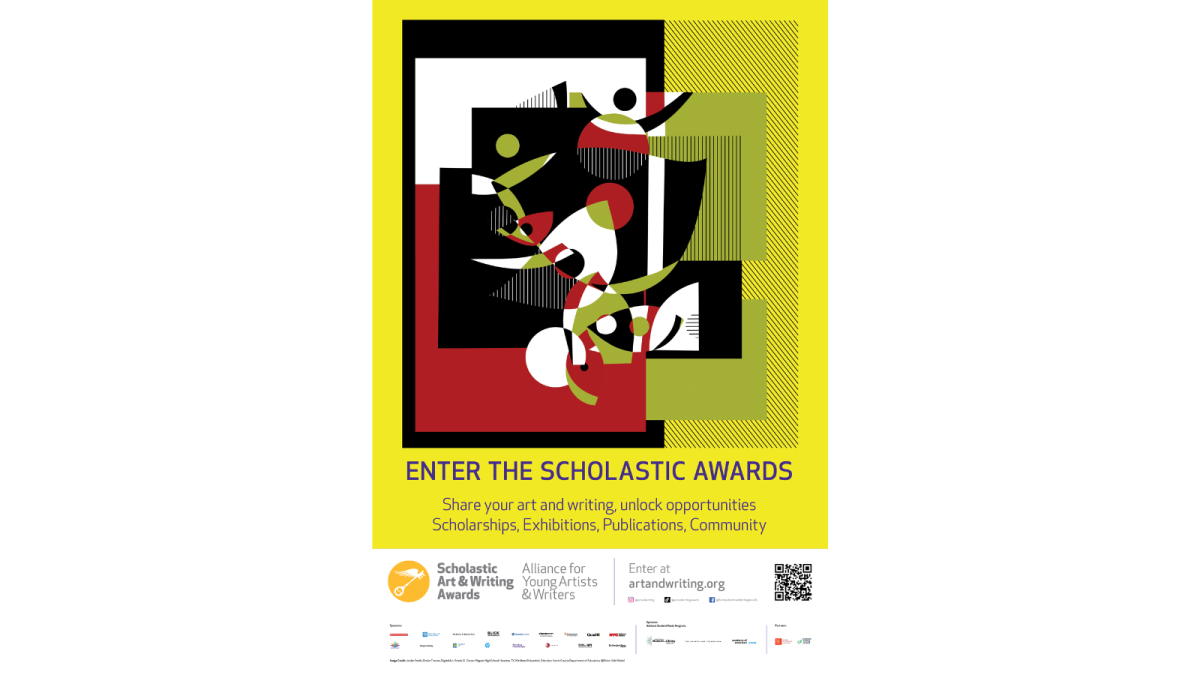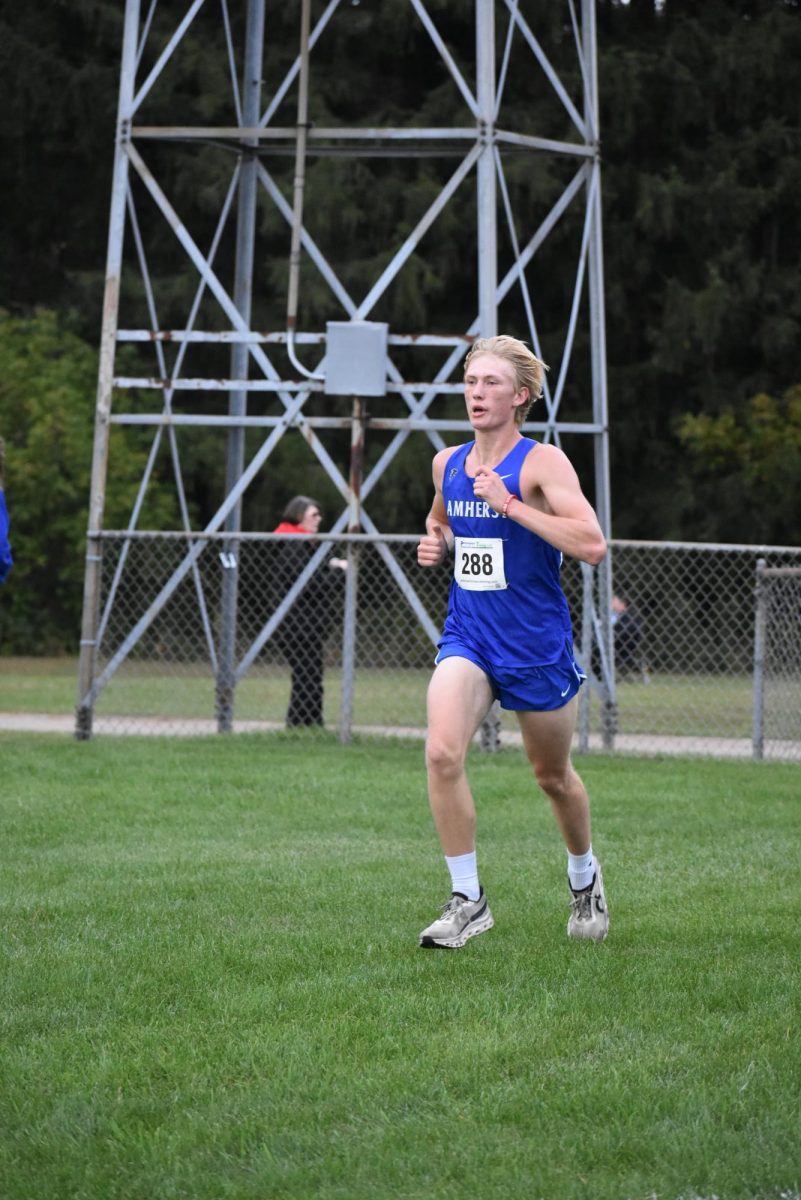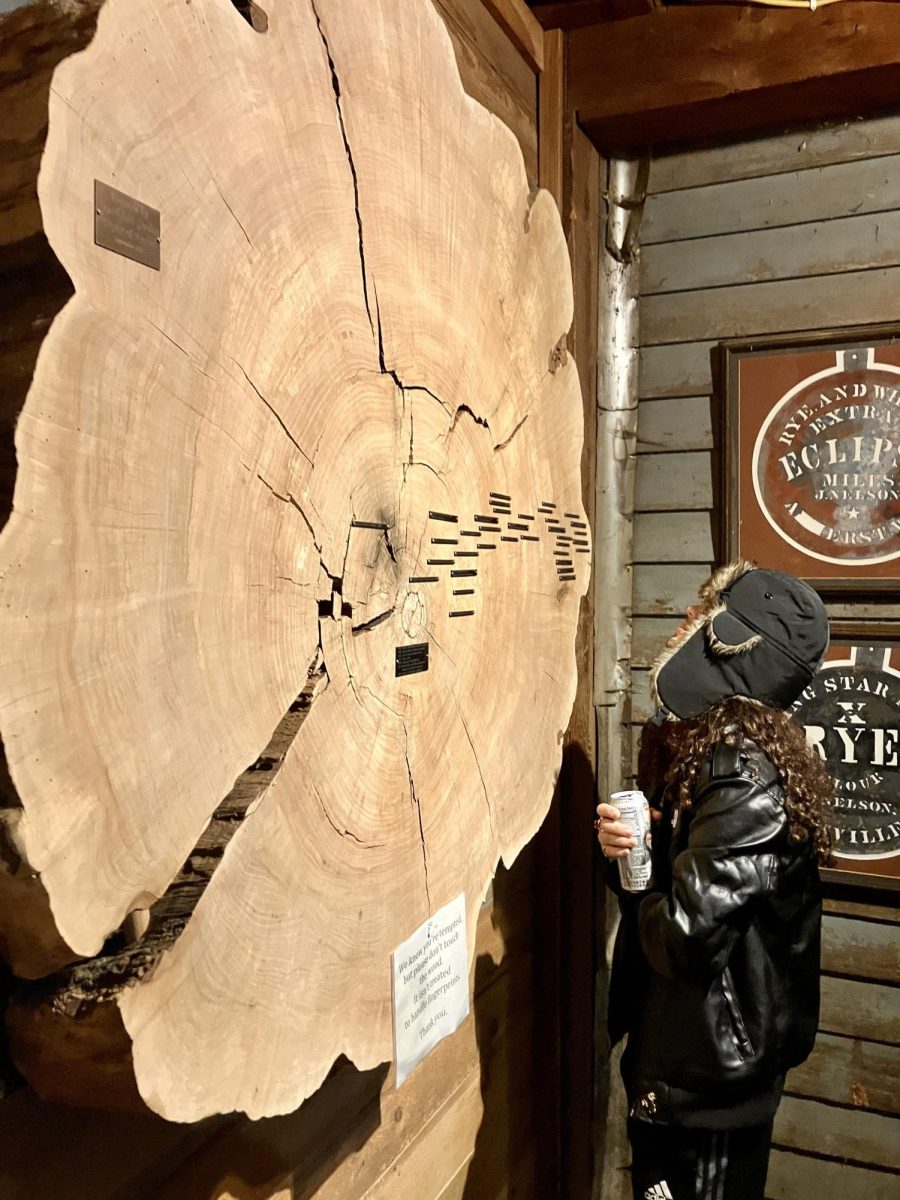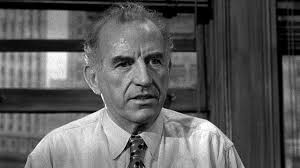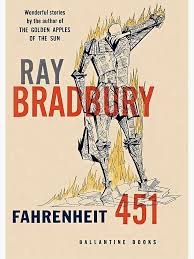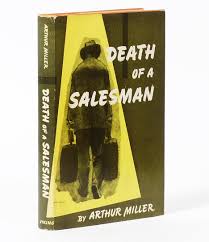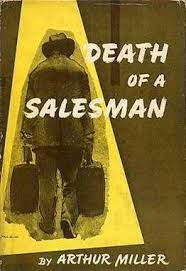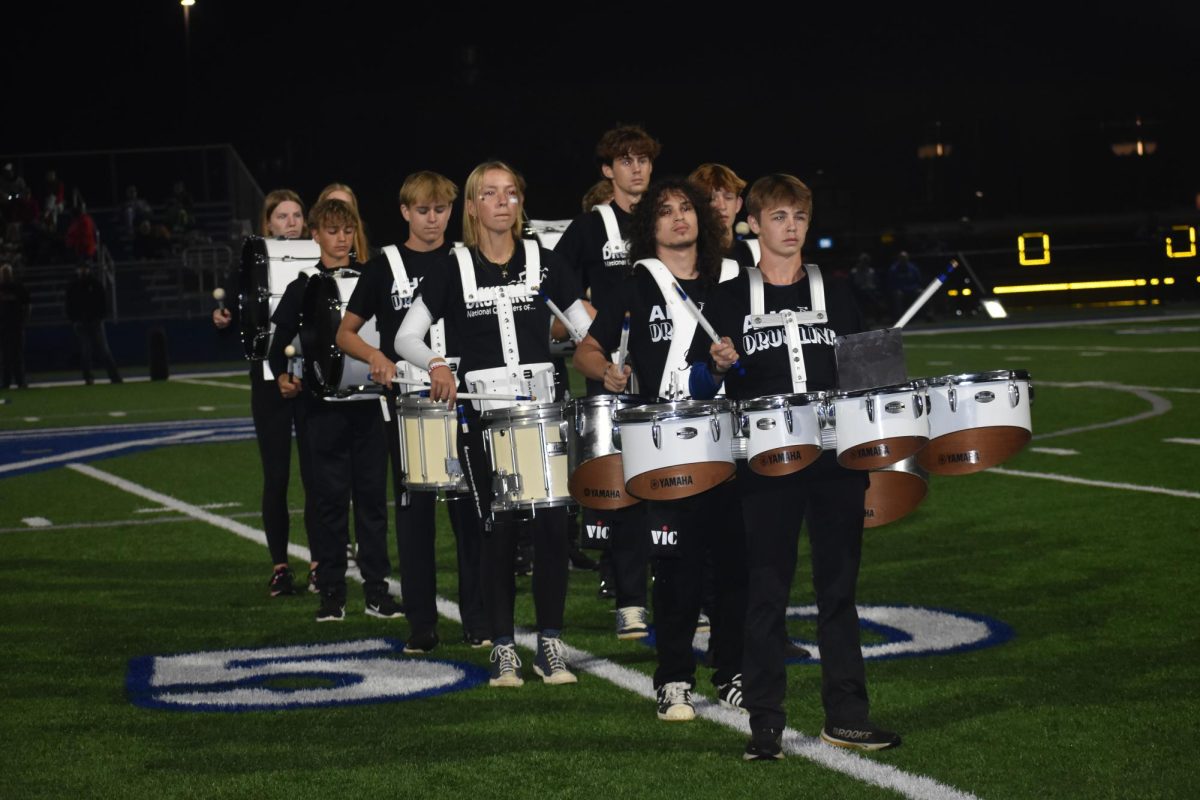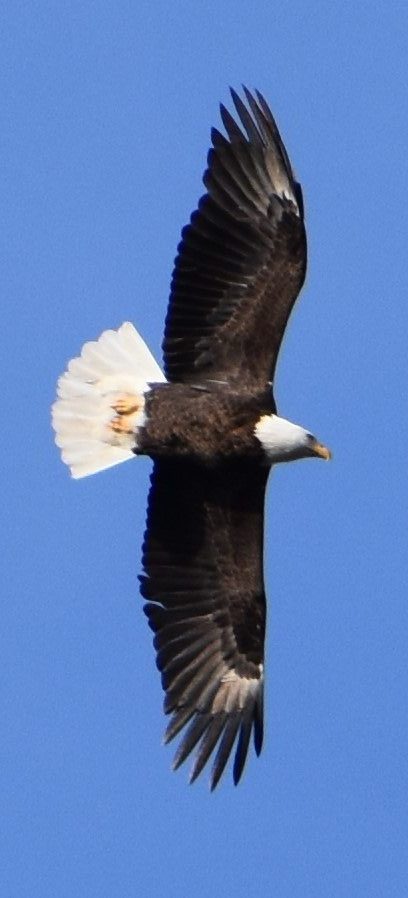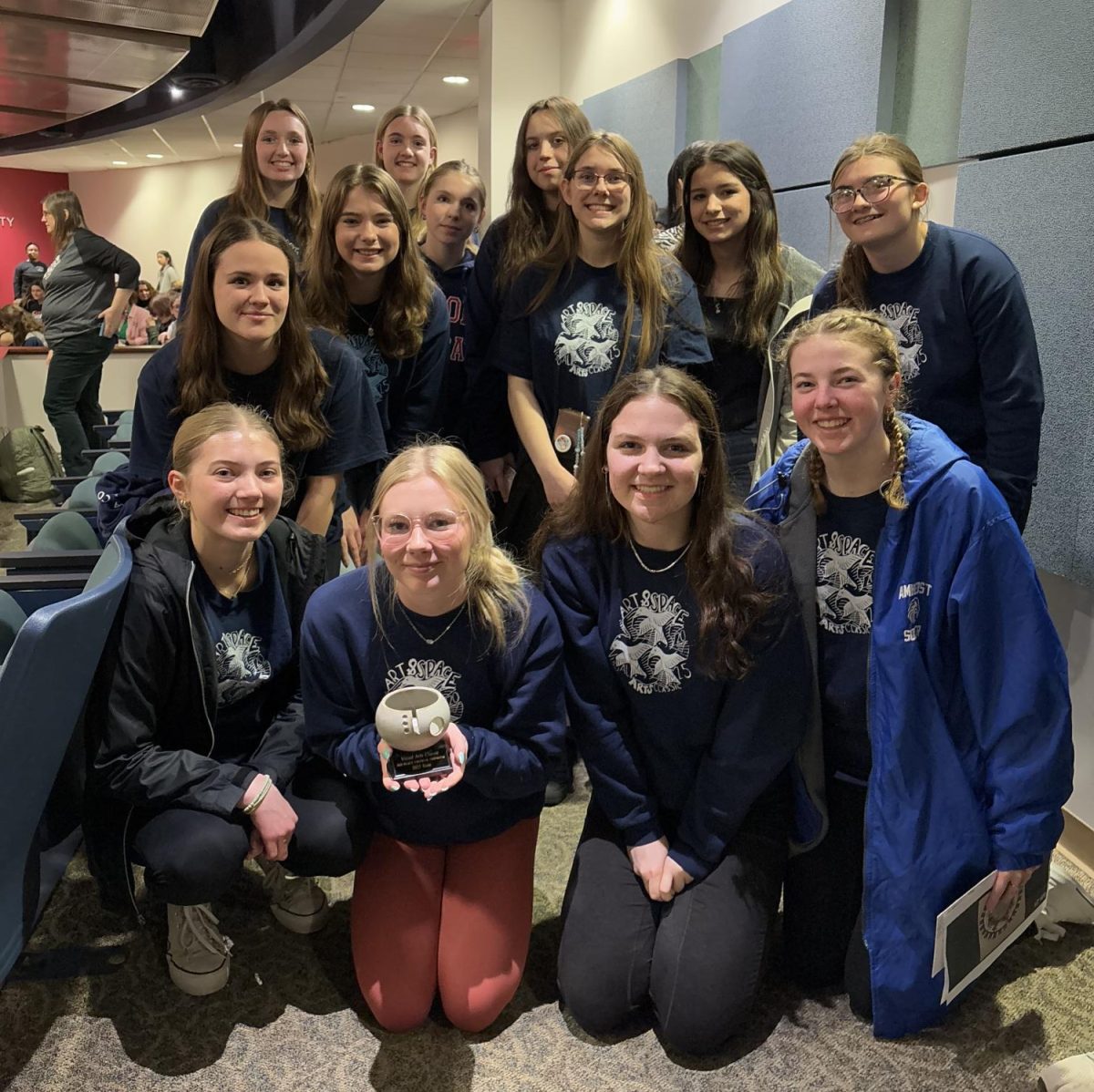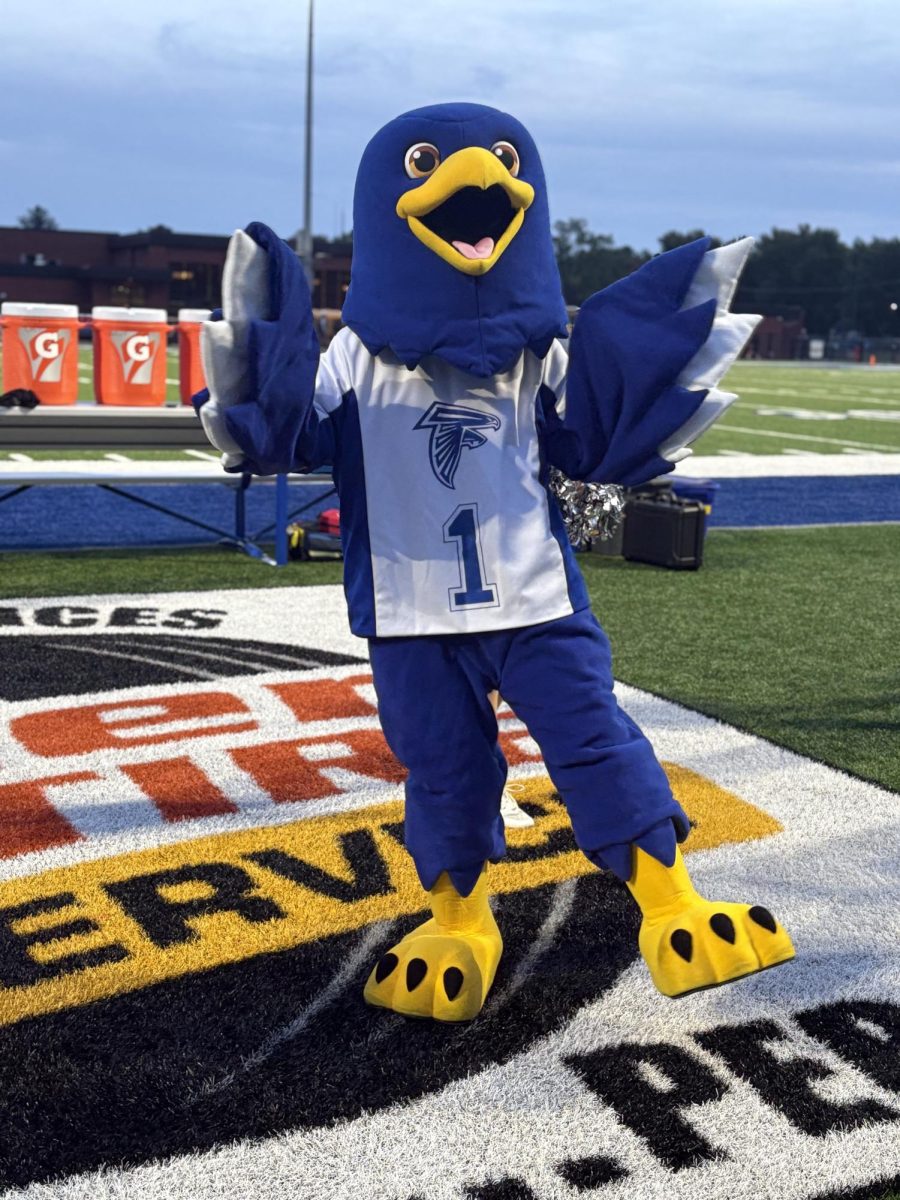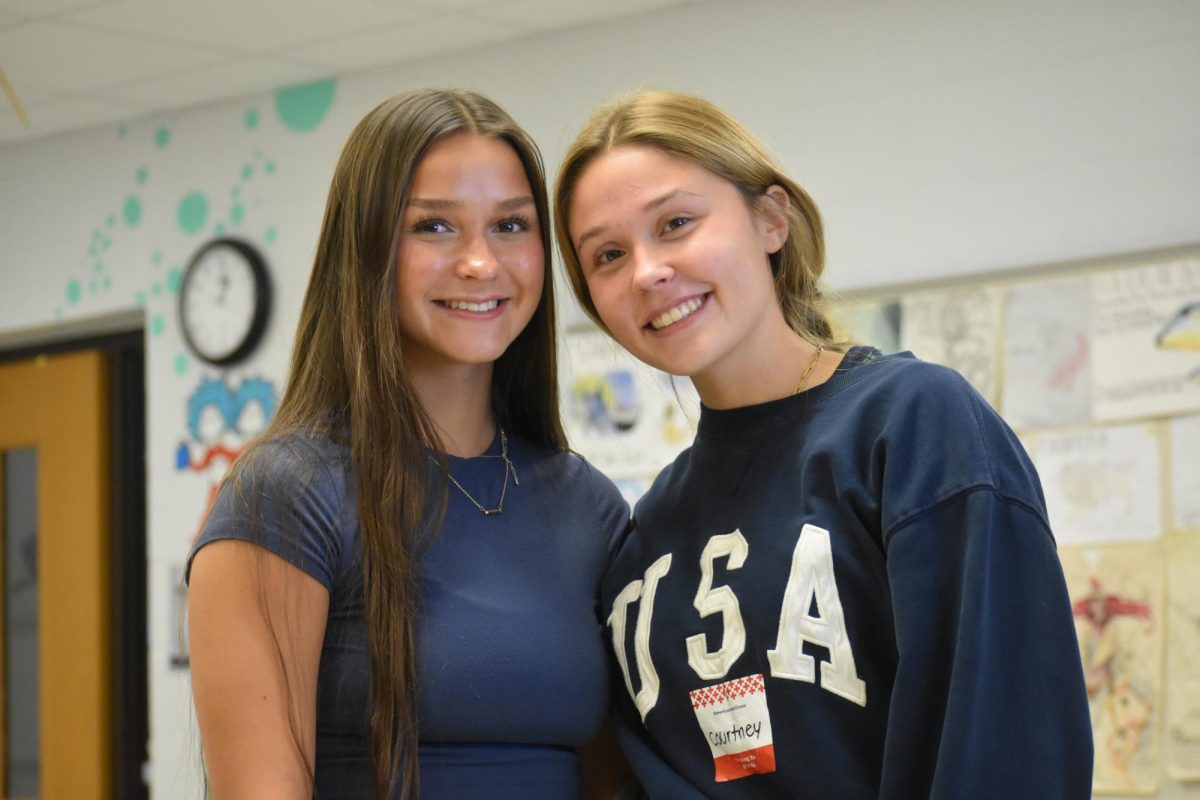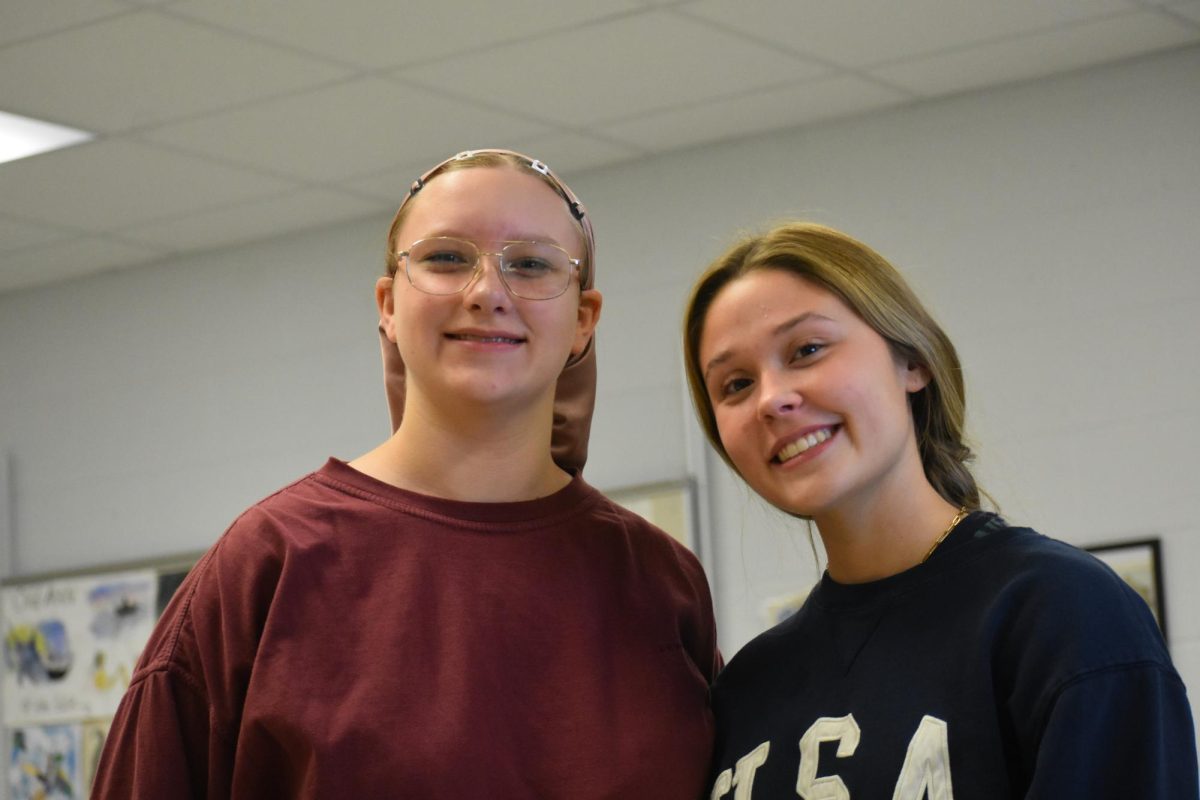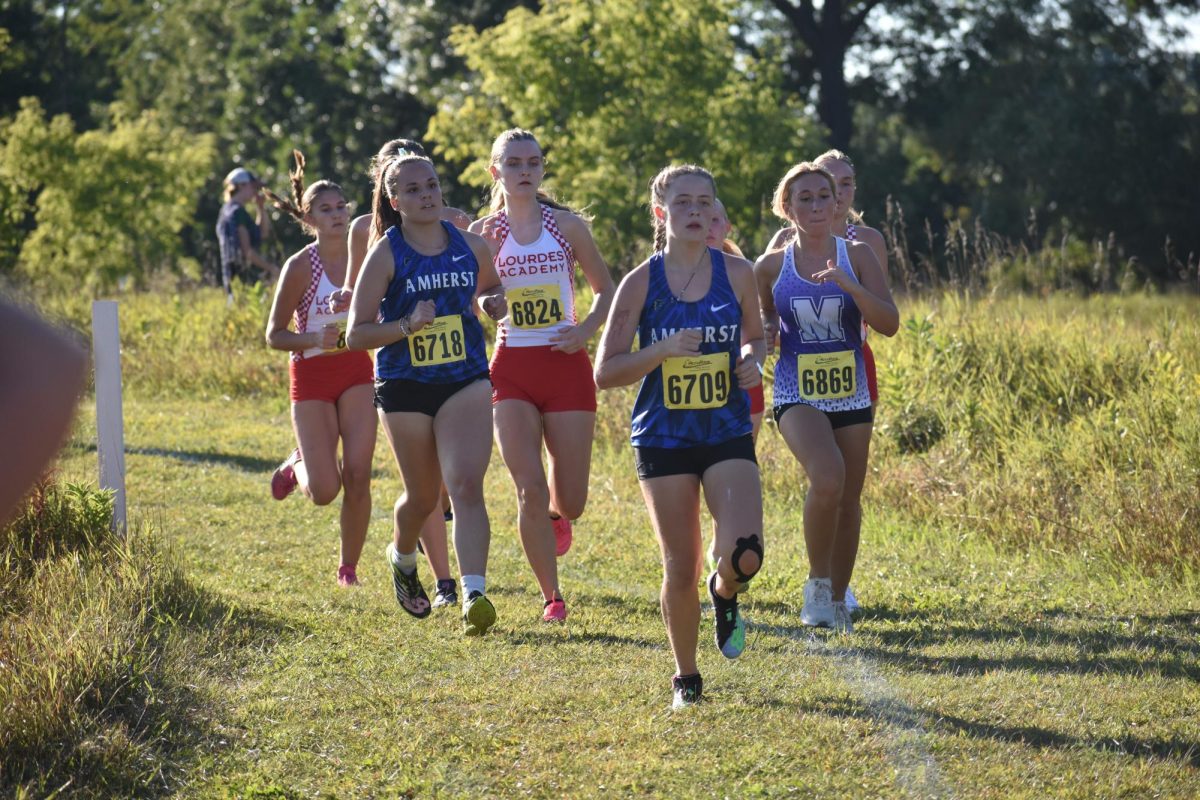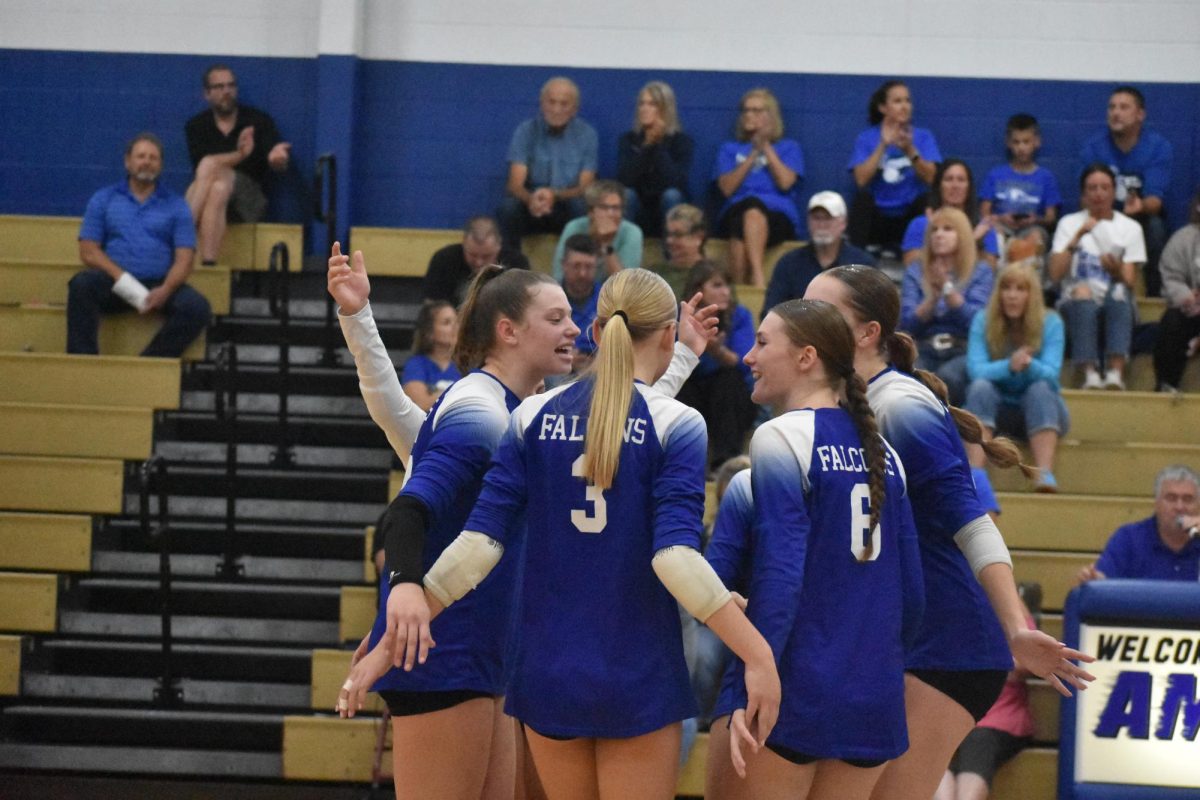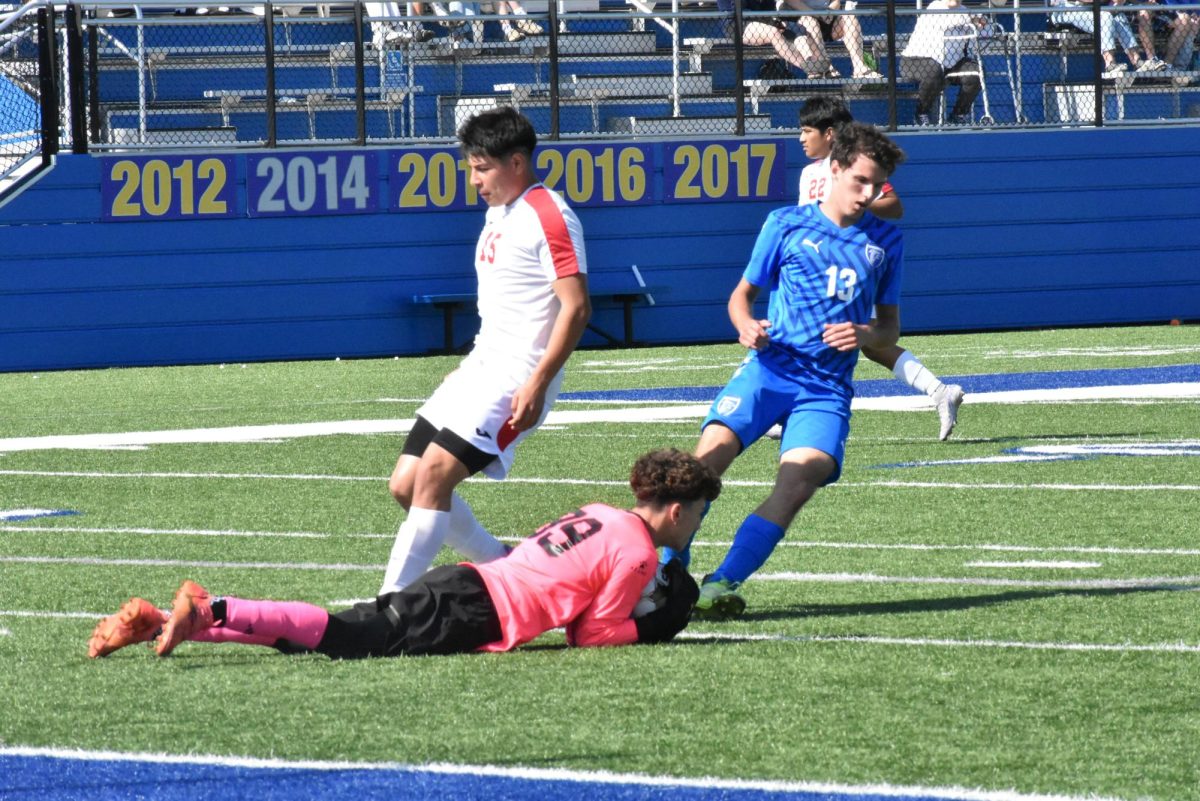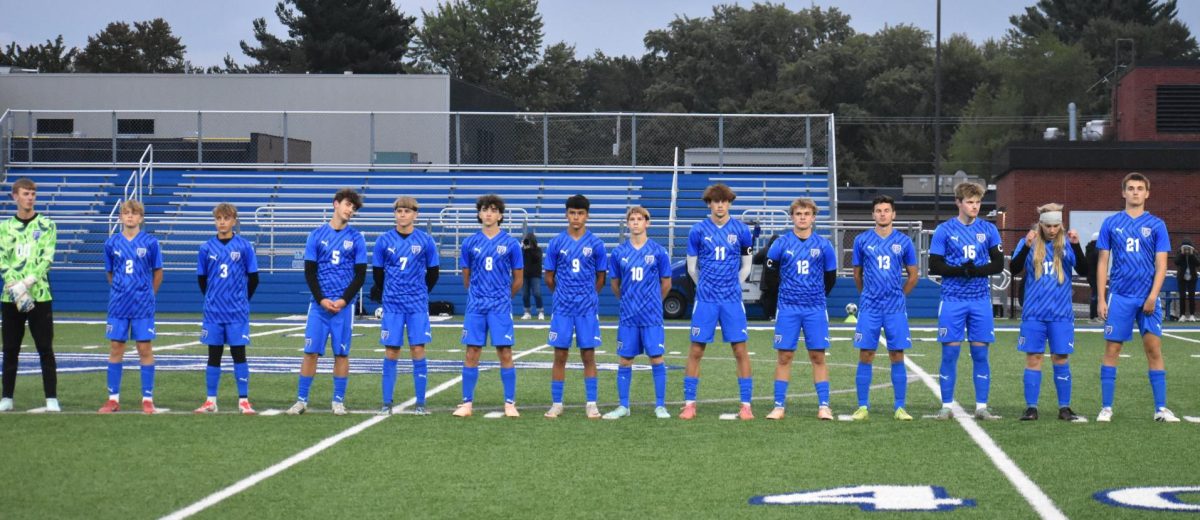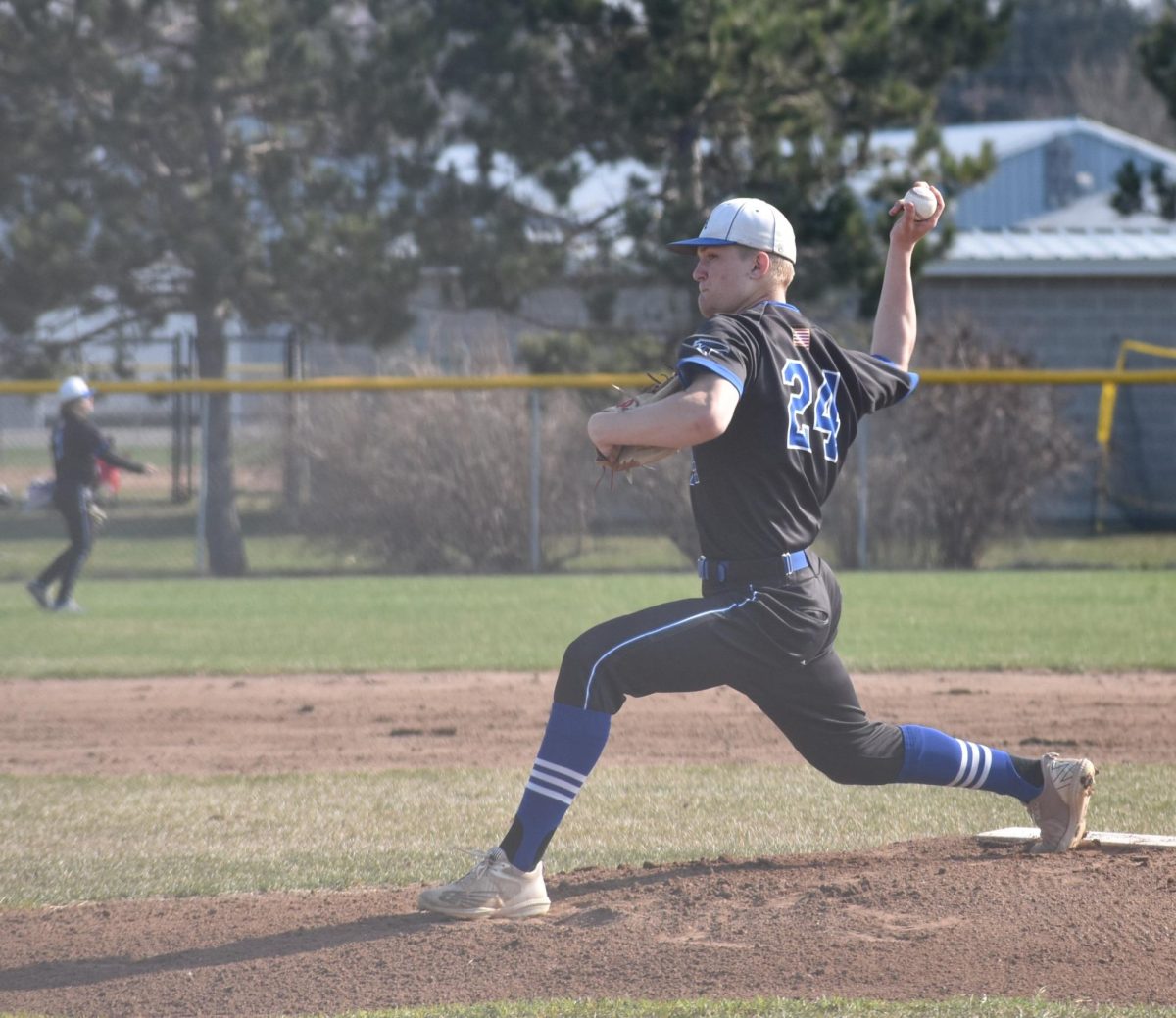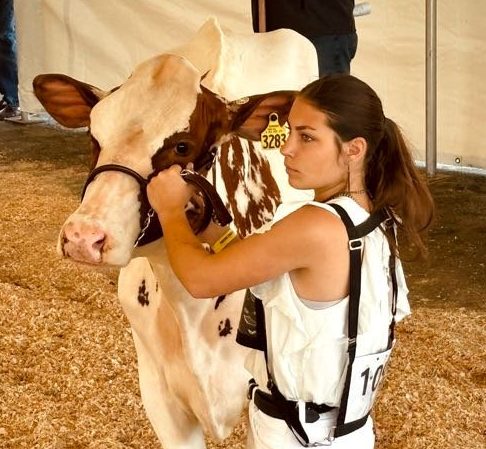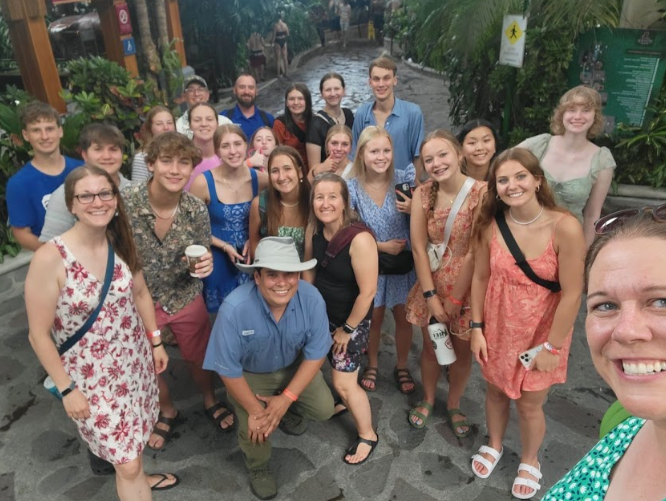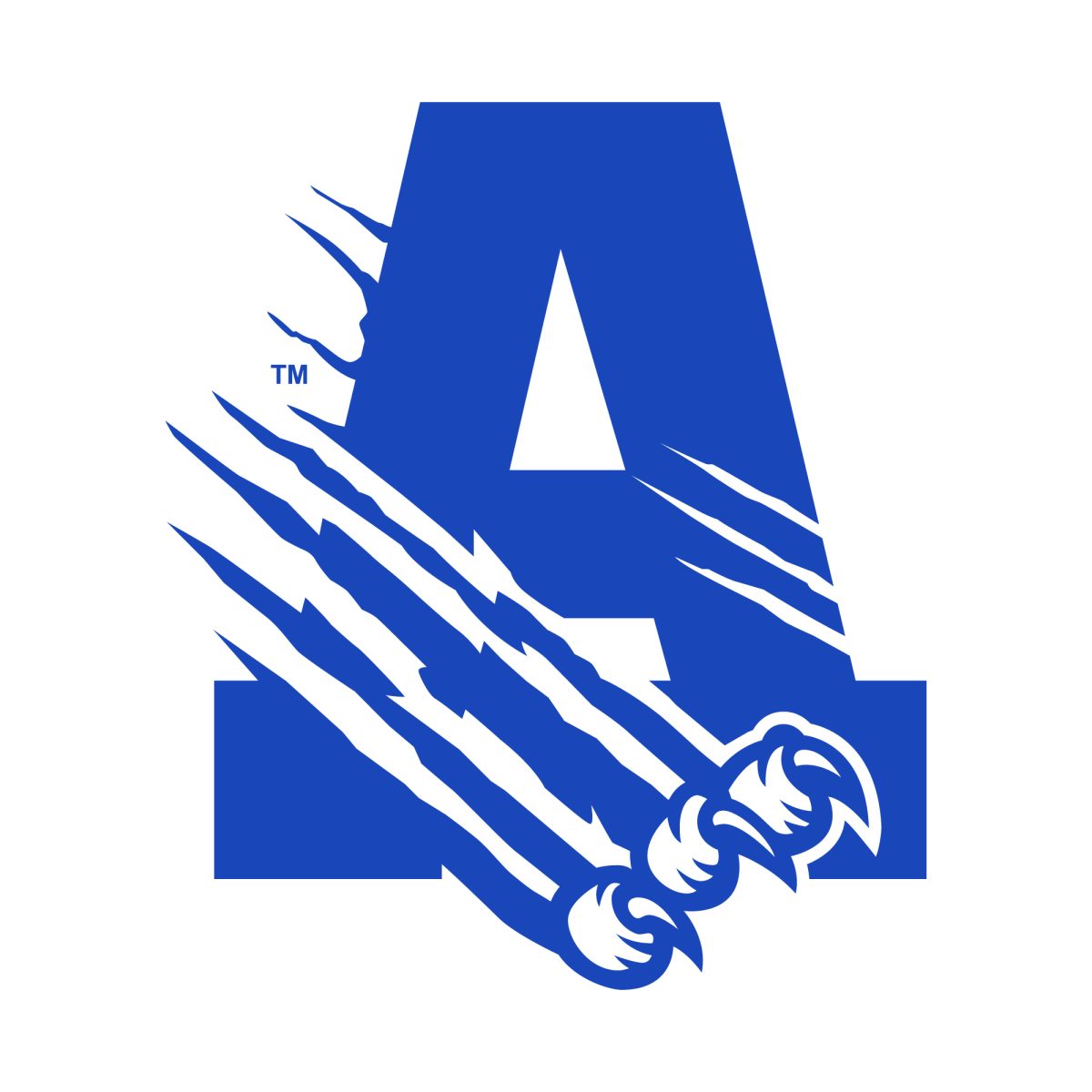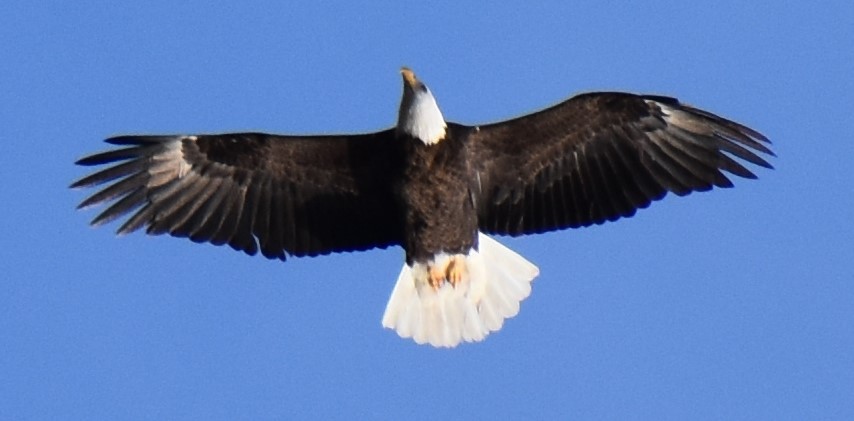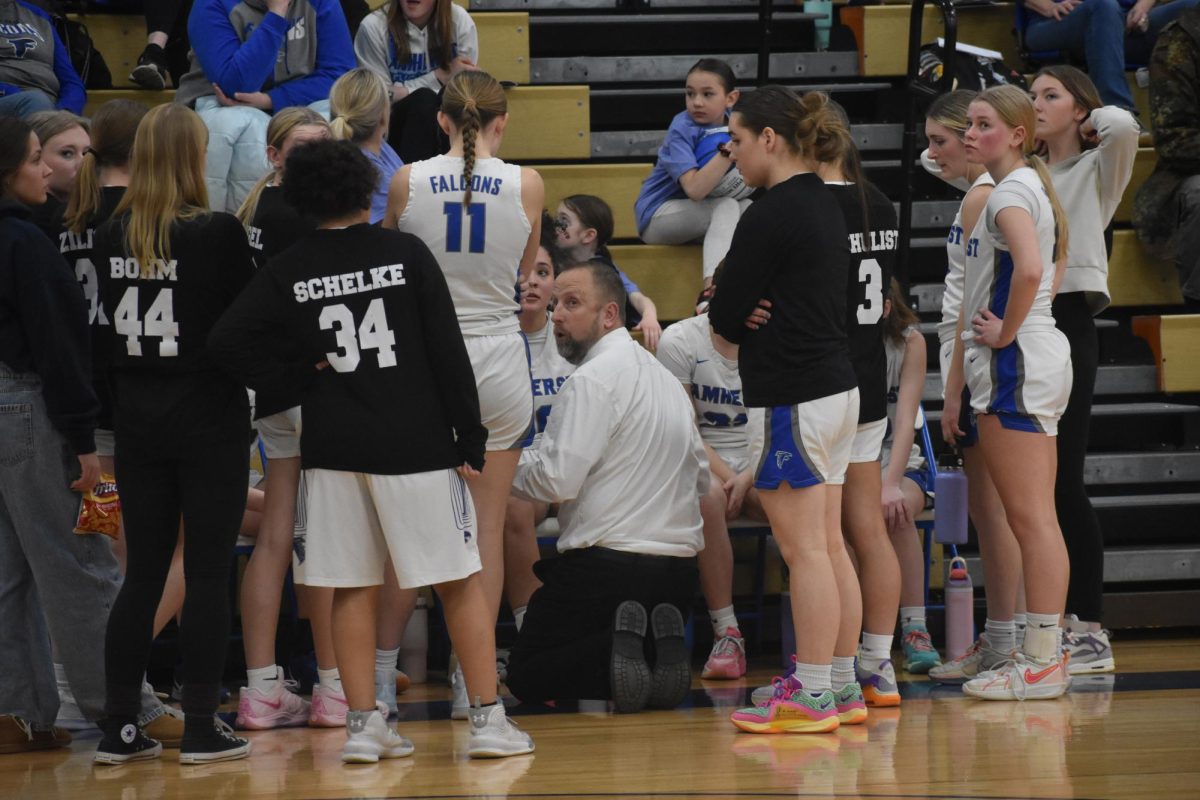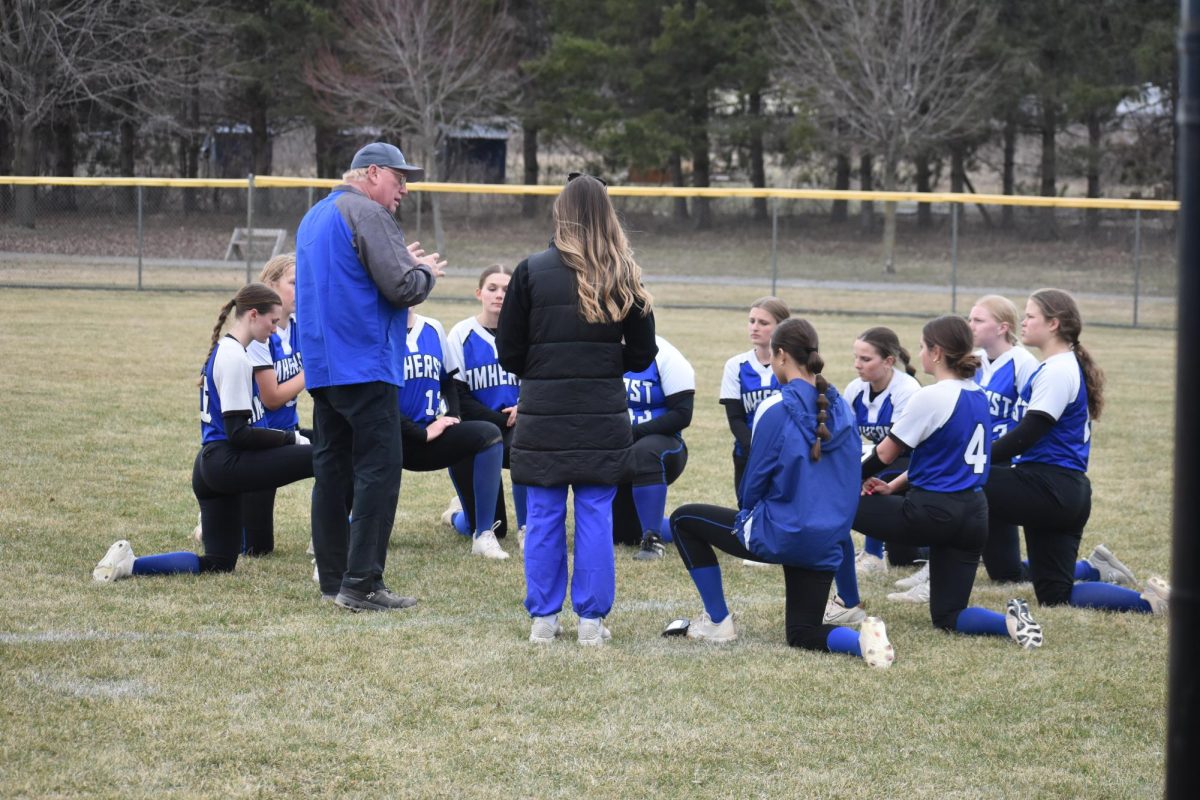For years, school sports have dominated students’ free time, making up the majority of extracurriculars. In recent years, however, conference sports have been challenged by club sports. Club sports are sports/extracurricular activities that are not directly sponsored or affiliated with schools.
Club sports pose a threat to conference sports as they are known according to Adam Miller, Amherst Athletic Director and Girls Basketball Coach. “Club sports are demoralizing school sports,” said Miller.
Due to WIAA regulations, conference coaches are allowed little to no contact with athletes outside of the school season, a directive that club sports do not have. Athletes that wish to participate in both conference and club sports often have trouble attending practices and games due to conflicting schedules. This leads the athlete to have to choose between the two. Ultimately, many choose club sports due to the longer, year-round season; this damages the school programs.
“Just playing basketball or any sport all year round is not what I want to see. When Amherst took deep playoff runs they usually did that in many sports that year,” said Miller.
Smaller schools like Amherst depend on student athletes participating in multiple sports in a school year, so when students focus on a single club sport they greatly deplete the available athletes for a sport. Conference sports garner a lot of support from the community. At varsity basketball games especially, there is a great turn out by the locals. The community bolsters athletics with scholarships and funding.
“We have unbelievable support of our programs and if we are in need of something all you need to do is ask and most of the time you can get it,” Miller said. “Everyone wants Amherst to succeed and it’s a great feeling to have people supporting you.”
Though some may argue that it’s the athletes that benefit from their chosen club sport, given that they can improve on a singular sport year round, this actually tends to decrease their opportunities. “NCAA sports offer a pathway to professional careers with high visibility, while club sports provide a competitive but less intense environment with fewer opportunities for professional advancement,” states an article by the University of Bridgeport.
Scouts from colleges and other higher level sports simply do not see club matches, hindering the athletes likelihood to be noticed for scholarships and programs. Conference Sports, however, can give athletes this opportunity, allowing them to be noticed.
This year’s varsity girls basketball team is a great example of Amherst’s athletic program. “My favorite memory is winning against Manawa this season,” said senior Olivia Davis. Senior Maddie Lusic expressed a similar sentiment in noting, “I feel that the team worked best together when we played at Iola earlier this season.”
Amherst sports have often drawn students from out of the district to enroll in the school and participate in the athletic programs. Club sports could very well put these conference sports at risk if they continue to be prioritized over conference sports.

